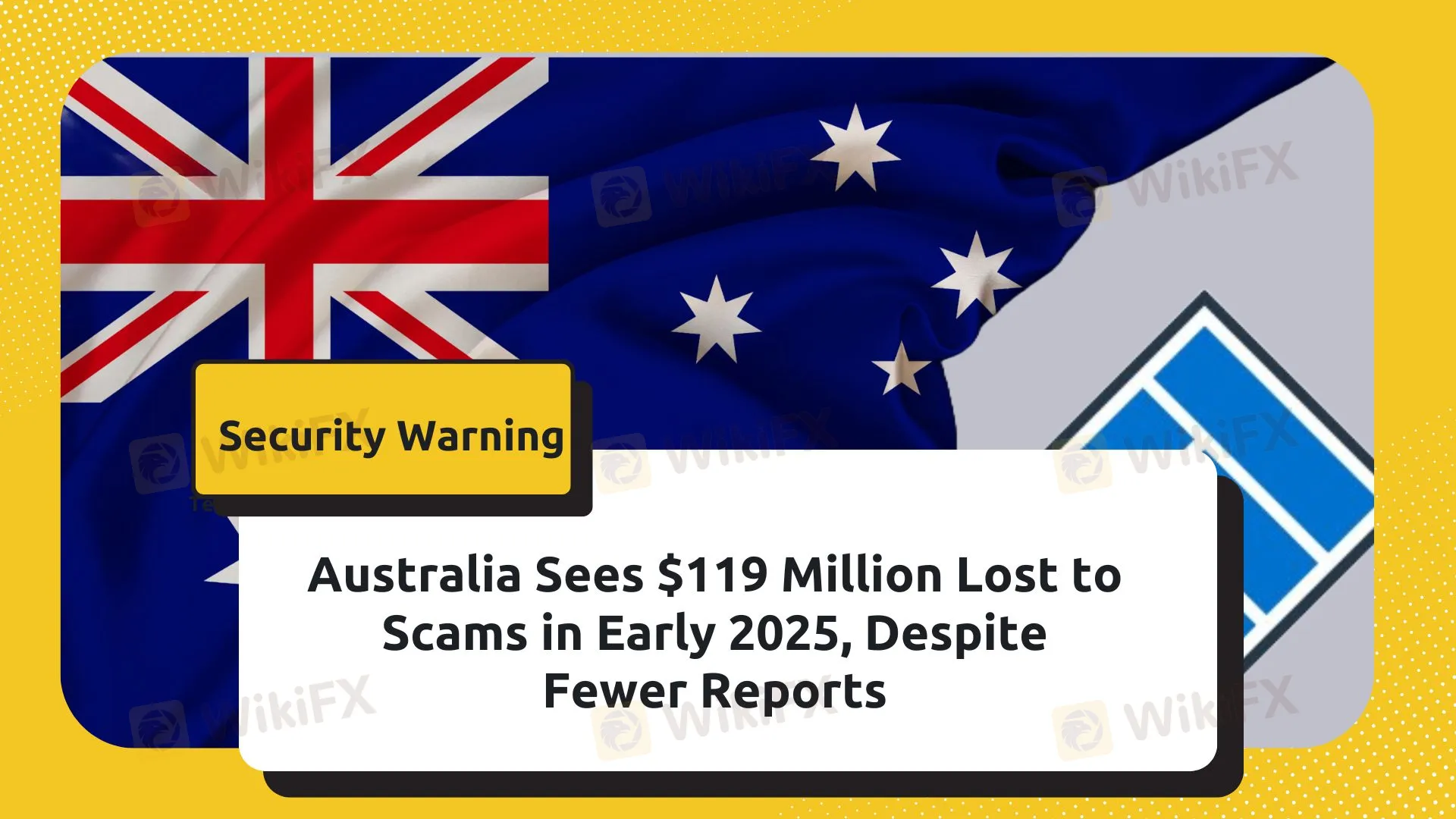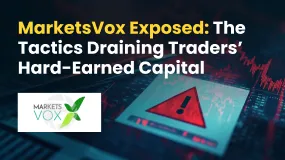简体中文
繁體中文
English
Pусский
日本語
ภาษาไทย
Tiếng Việt
Bahasa Indonesia
Español
हिन्दी
Filippiiniläinen
Français
Deutsch
Português
Türkçe
한국어
العربية
Australia Sees $119 Million Lost to Scams in Early 2025, Despite Fewer Reports
Abstract:Scam-related financial losses in Australia have surged in the first four months of 2025, reaching nearly $119 million, even as the number of reported incidents declined.

The latest data from the National Anti-Scam Centre and Scamwatchsuggests that while Australians are reporting fewer scams, each case is proving more financially damaging.
Investment Scams Still on Top
Investment fraud remains the most financially devastating category, accounting for over $59 million, or more than half of total losses. These scams typically involve false promises of high returns with minimal risk—an approach that continues to lure victims despite growing awareness campaigns.

Although investment scam losses were down slightly by 1.4% compared to the same period last year, the sheer volume of money lost shows that this type of fraud remains a persistent and costly threat.
Phishing and Social Media Scams on the Rise
Phishing attacks—where scammers pose as banks, government agencies, or well-known businesses—have seen a dramatic surge. Reported losses from phishing scams almost tripled, climbing from $4.6 million in early 2024 to $13.7 million in 2025. These scams often begin with deceptive emails or text messages designed to extract sensitive personal information.
Social media has also become a major hunting ground for fraudsters. Reports of scams via platforms like Facebook and Instagram rose by nearly 50%, with total losses in this category reaching $23.4 million. Fraudulent investment ads and impersonation schemes are among the most common tactics used.
Phone Scams Decline, But Damage Persists
Phone scams saw a modest drop in frequency—down 11%—but still caused $25.8 million in losses, making them the most damaging method of contact overall. While this decline suggests growing public caution, phone-based fraud remains a major source of financial harm.
Seniors Hit Hardest
Australians aged 65 and older suffered the most significant losses, totaling $33.1 million. Meanwhile, individuals aged 25 to 44 reported the highest number of incidents, suggesting younger users may be more willing to report while older victims face deeper financial impact.
Despite an overall decline in scam reports, the increase in financial loss per case signals a troubling trend. Scammers are evolving, using more convincing tactics and targeting victims across digital channels.
Disclaimer:
The views in this article only represent the author's personal views, and do not constitute investment advice on this platform. This platform does not guarantee the accuracy, completeness and timeliness of the information in the article, and will not be liable for any loss caused by the use of or reliance on the information in the article.
Read more

Top 5 Warning Signs- Why You Should Avoid MTrading Broker?
Before choosing a forex broker, it's crucial to spot red flags that could cost you. MTrading has raised concerns among traders, including delayed withdrawals, poor customer support, and questionable transparency. Users also report issues like slippage and platform glitches, which can harm your trading performance. In this article, we highlight the top 5 warning signs that explain why you should avoid MTrading broker and choose a more reliable alternative.

MarketsVox Exposed: The Tactics Draining Traders’ Hard-Earned Capital
Seeing MarketsVox as a forex broker, which can help you earn monumental profit on your investments? You have set your sights on the wrong option, unfortunately. The forex broker has been disallowing withdrawals, charging a much higher spread, and duping many traders under the pretext of high returns. Read on!

Investing in OnFin? Absurd Withdrawal Conditions & Trade Manipulation May Spoil Your Trading Mood
Planning to invest in OnFin, the forex broker, which has been a nightmare for many forex traders? While withdrawal denials have remained perennial for them, trading manipulations, including the illegitimate disappearance of deposits, have put OnFin under the scanner. Traders have been vehemently expressing their frustration about the forex broker on various broker review platforms. In this article, we will share some complaints that made us expose this broker here.

MyFundedFX Review 2025
MyFundedFX Review 2025 — unregulated prop-style broker with simulated trading, mixed trust signals, rule changes, and payout claims. Is it high risk?
WikiFX Broker
Latest News
Charles Schwab Forex Review 2025: What Traders Should Know
How 3 Simple Steps Cost a Businessman INR 4 Crore in a Forex Scam
PrimeXBT Expands FSCA Licence and Enhances Crypto Services in 2025
Quotex Broker Review 2025: Is It a High-Risk Broker?
Is CBCX a Safe and Trustworthy Broker for Traders?
TopFX Launches Synthetic Indices Trading on cTrader Platform
Is TradeEU Reliable in 2025?
How Commodity Prices Affect Forex Correlation Charts
What WikiFX Found When It Looked Into XS
The Global Inflation Outlook
Currency Calculator


